The healthcare world is changing fast, thanks to Health IT and healthcare technology. Digital health innovations are making patient care better, medical practices more efficient, and healthcare management easier. This change helps us save money and improve health outcomes. We’re excited to see how Health IT will keep changing healthcare.
Innovative solutions are at the core of this change. They use Health IT to make clinical workflows smoother, communication easier, and care more personalized. As we explore Health IT, we’ll look at how digital health innovations are changing healthcare. We’ll see examples of successful uses and their benefits.
Introduction to Health IT
Health IT includes many technologies, like electronic health records, telemedicine, and data analytics. These tools help make healthcare more connected, efficient, and focused on the patient. Understanding Health IT’s role in shaping healthcare’s future is key.
Key Takeaways
- Health IT is transforming the healthcare industry by improving efficiency and reducing costs.
- Digital health innovations are making patient care better and experiences more positive.
- Healthcare technology is making clinical workflows smoother and communication easier.
- Health IT has the power to make healthcare more connected and patient-focused.
- The future of healthcare will be shaped by new Health IT solutions.
- Successful Health IT implementations can have a big impact on healthcare.
Understanding the Core Components of Health IT Systems
We will explore the main parts of Health IT systems. We’ll start with electronic health records (EHR). These records are key for managing patient data. They help healthcare providers share and access patient info, leading to better care.
Telemedicine solutions are also important. They allow for remote patient visits. This makes healthcare more accessible and improves patient care. Telemedicine helps reduce the need for in-person visits, making things easier for everyone.

Health informatics is another key part. It uses data analytics to help make decisions. By analyzing patient data, healthcare providers can find trends and improve treatment plans. This approach also helps in creating personalized medicine, tailored to each patient’s needs.
Looking at Health IT systems, we see they’re made up of many parts. From EHR to telemedicine and health informatics, each is essential. Understanding these parts helps us see how Health IT systems can improve patient care and drive innovation.
Implementing Effective Health IT Solutions in Modern Healthcare Settings
We know how key it is to use good Health IT solutions in today’s healthcare. This means adding medical software systems to help care for patients better. It also helps doctors make smarter choices and makes healthcare work smoother.
With these systems, doctors can get the latest info on patients. This leads to better health results for everyone.
Good Health IT solutions also need interoperability in healthcare. This means data can move easily between different healthcare places. It helps care teams work together better, cuts down on mistakes, and makes patients safer.
Also, telehealth services are making healthcare more accessible. They offer remote monitoring and virtual visits. This is great for people with ongoing health issues or those far from healthcare centers.
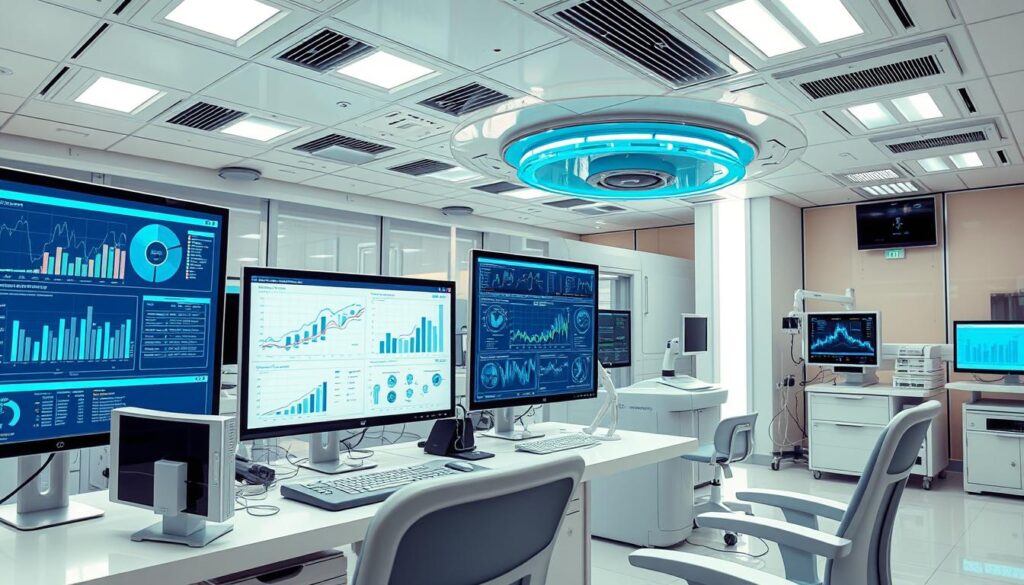
- Electronic health records (EHRs) that improve data accuracy and accessibility
- Clinical decision support systems that enhance diagnosis and treatment
- Telehealth platforms that expand healthcare access and reduce costs
By using these solutions, healthcare providers can give better care, save money, and improve healthcare quality. As healthcare gets more complex, using Health IT solutions will be key to its future.
Shaping Tomorrow’s Healthcare Through Digital Innovation
Looking ahead, Health IT will keep changing the healthcare world. New tech like artificial intelligence, blockchain, and the Internet of Medical Things (IoMT) will change medical research and patient care. These digital health innovations will make patient care better, outcomes higher, and admin tasks easier.
Using Health IT solutions will be key to meeting patient and healthcare provider needs. With better data sharing, advanced analytics, and care plans tailored to each patient, we can offer more personalized and effective care. As we keep investing in digital change, we’re on the path to a future where tech and medicine together boost our community’s health.
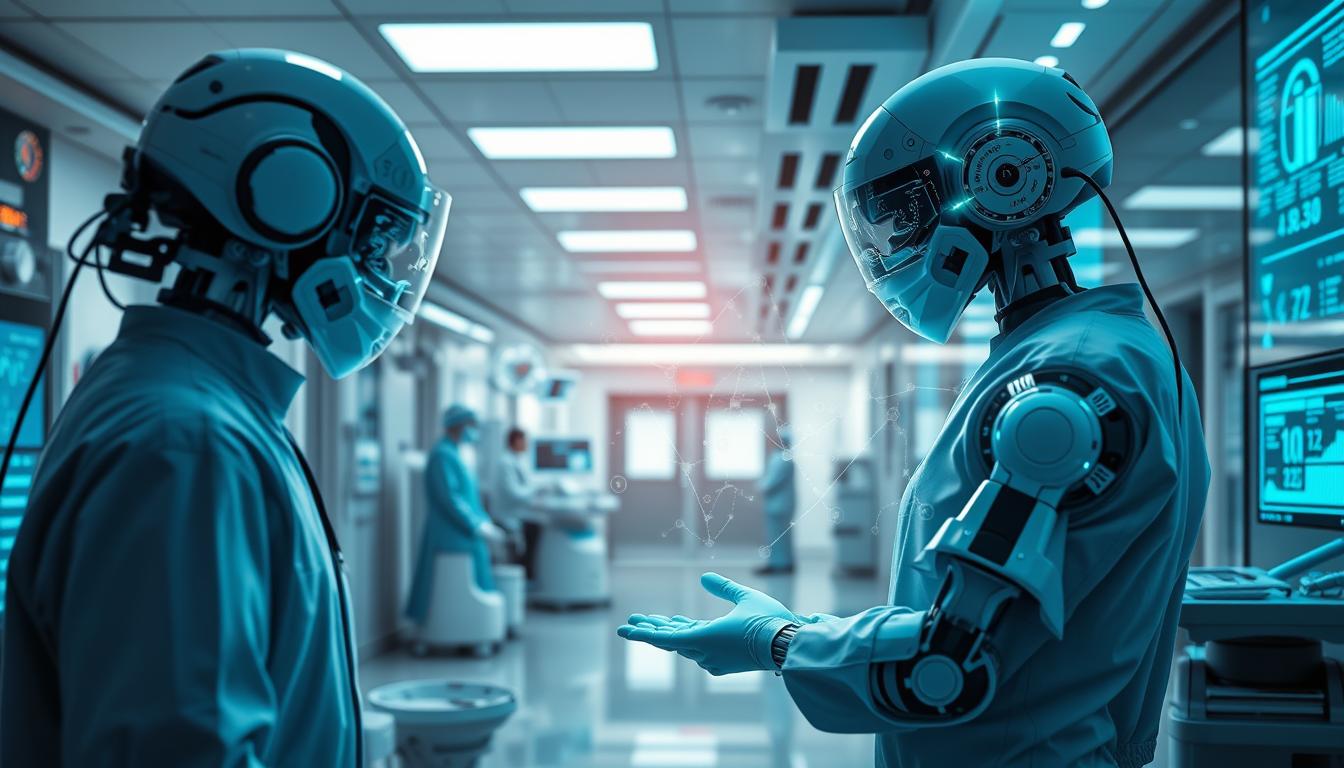
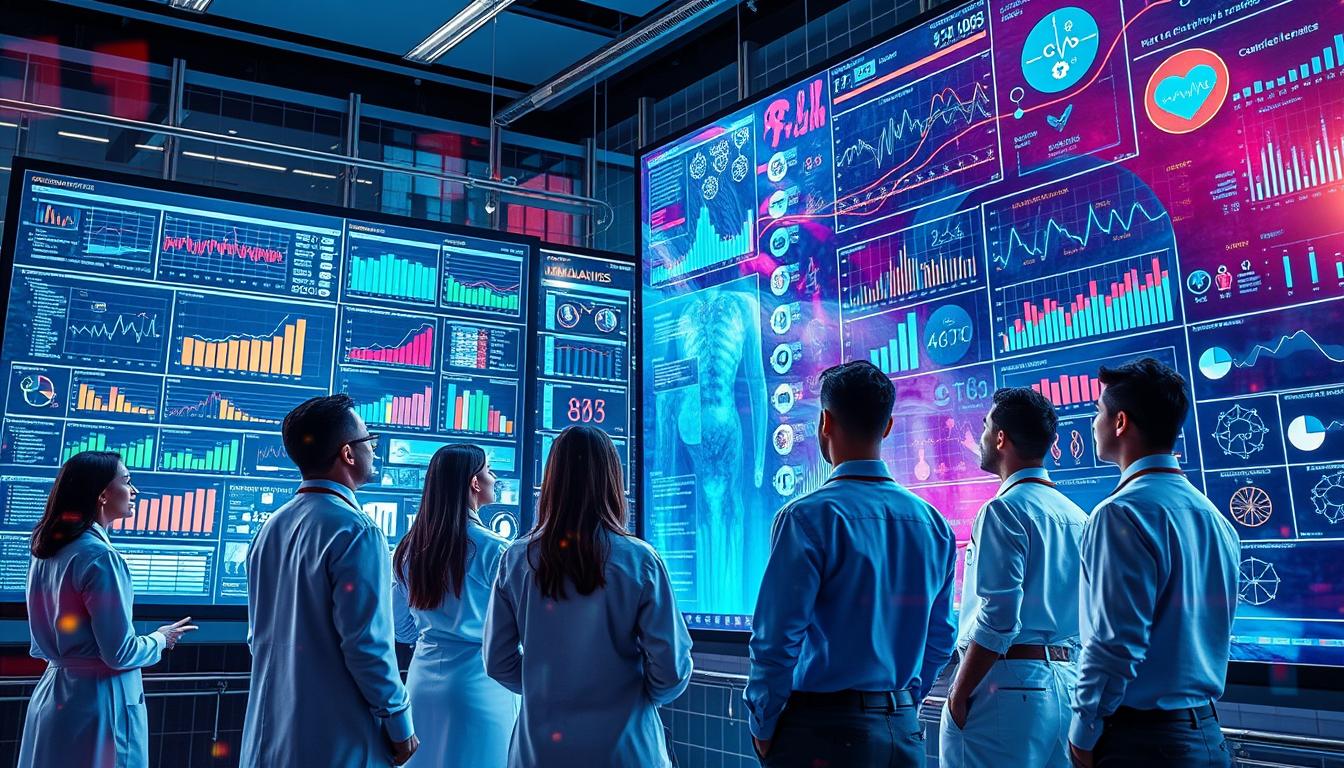

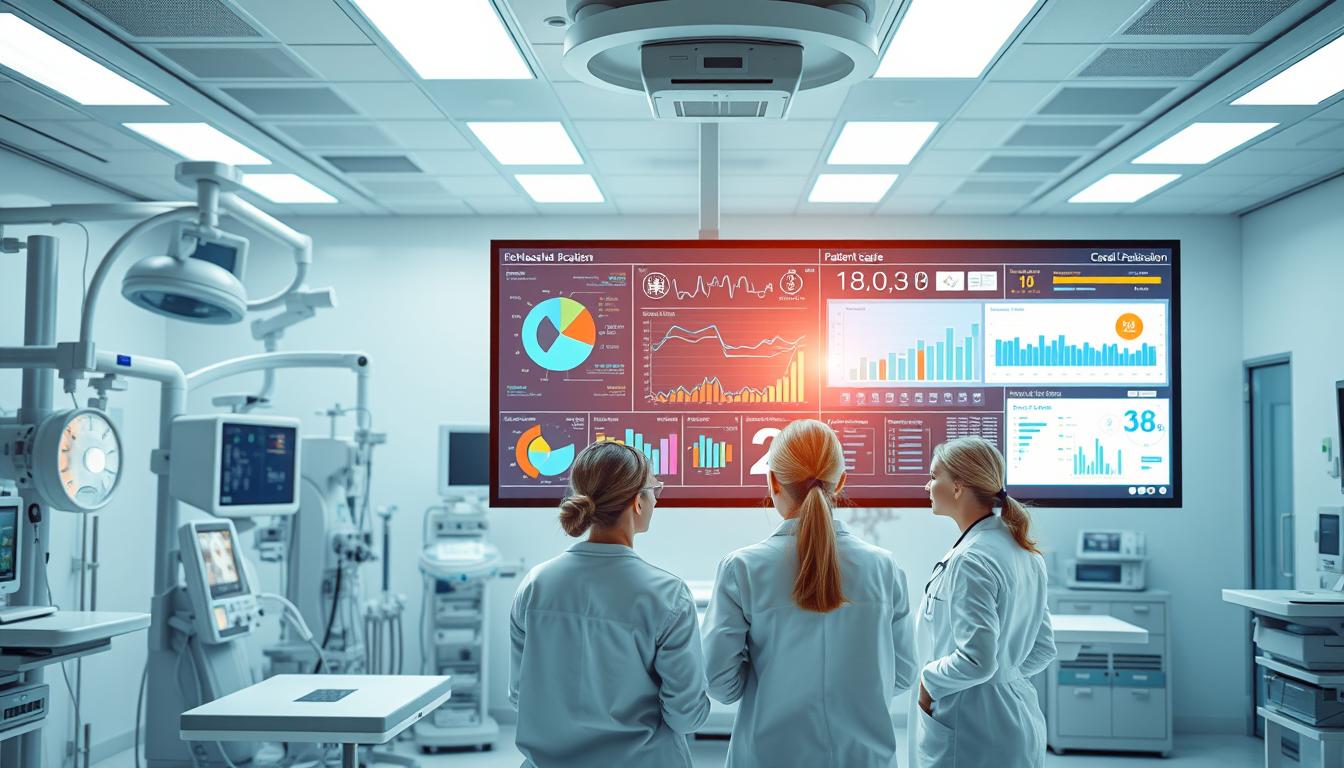


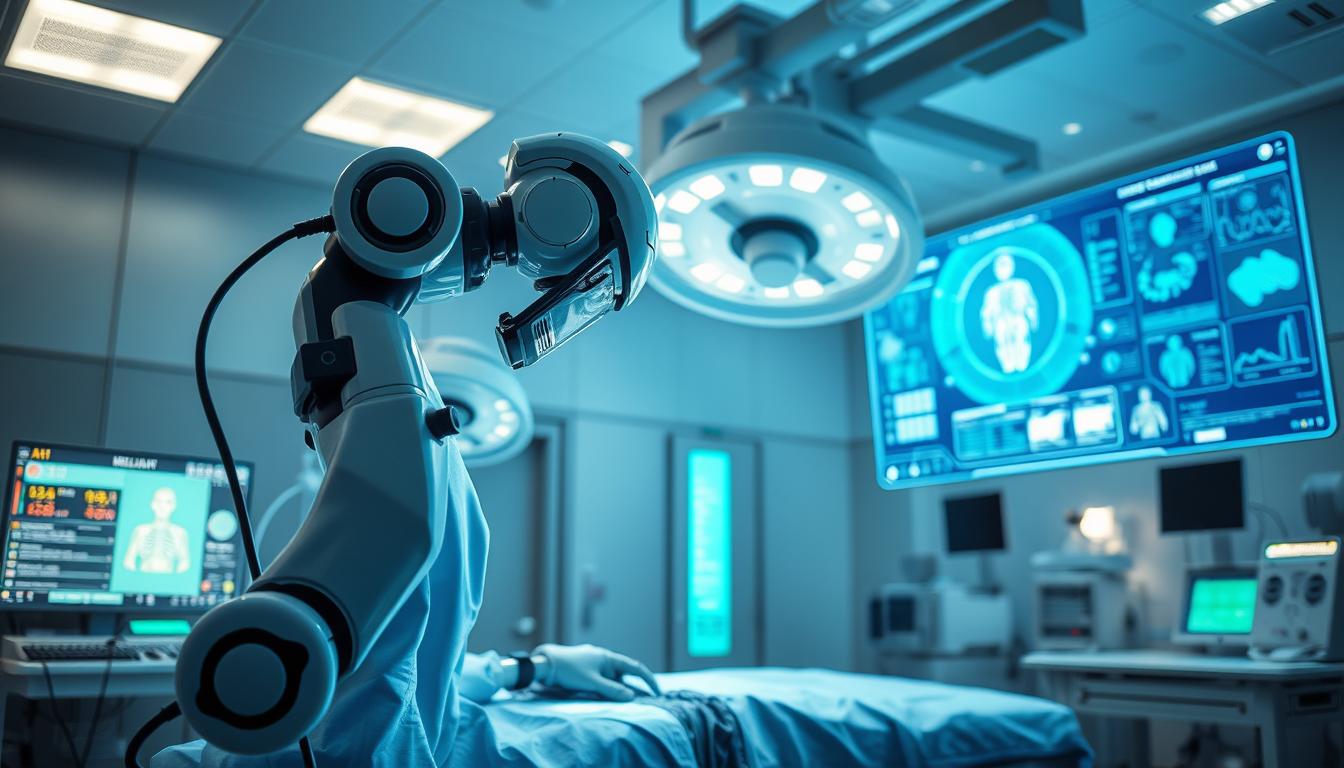




Leave a Reply